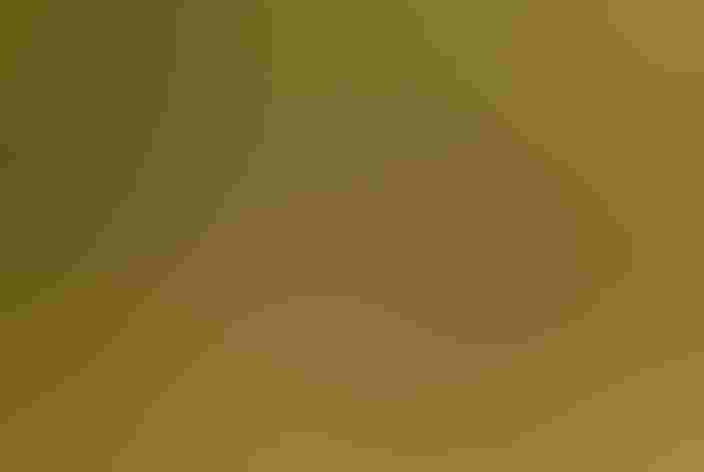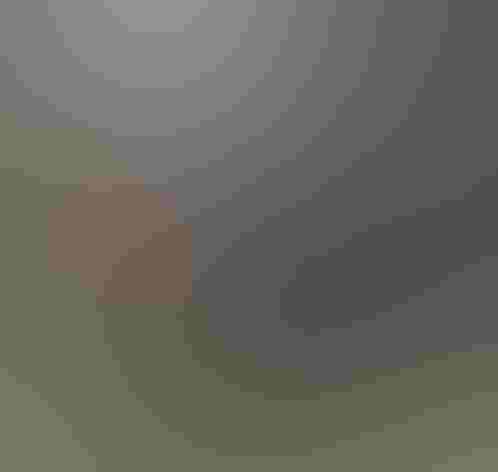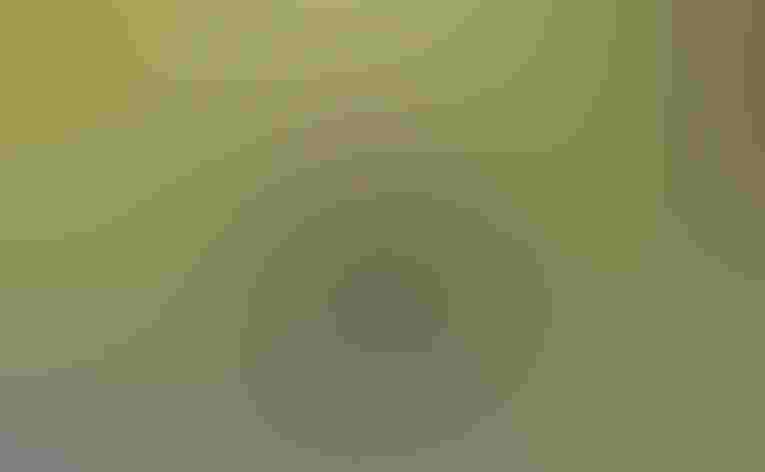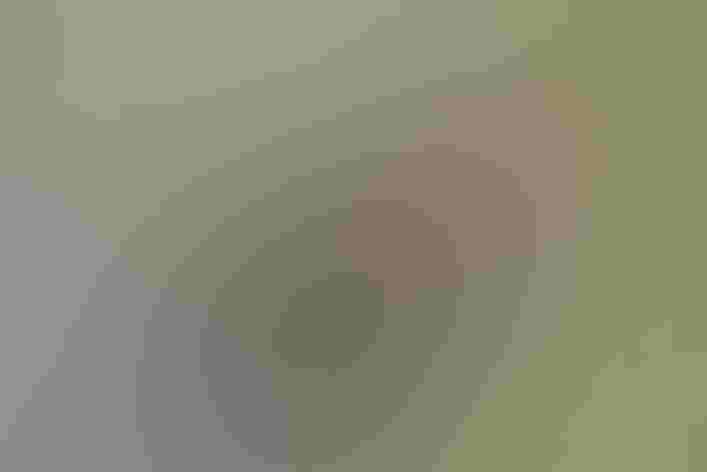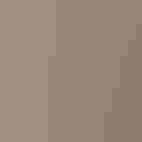Sooty Grouse
At a Glance
A large, dark grouse of western coastal forests, also living in mountain forest in the Sierras of California. Until recently, this and the Dusky Grouse were combined as one species, under the name Blue Grouse. Slow-moving and inconspicuous, but often surprisingly tame. Most likely to be noticed (at least by sound) in spring, when males 'sing' a series of deep hoots, often from more than 100 feet up in a dense evergreen tree.
All bird guide text and rangemaps adapted from Lives of North American Birds by Kenn Kaufman© 1996, used by permission of Houghton Mifflin Harcourt Publishing Company. All rights reserved.
Category
Upland Ground Birds
IUCN Status
Least Concern
Habitat
Forests and Woodlands
Region
Alaska and The North, California, Northwest, Rocky Mountains, Southwest, Western Canada
Behavior
Direct Flight, Flap/Glide, Flushes, Rapid Wingbeats, Running
Population
2.000.000
Range & Identification
Migration & Range Maps
Many birds move in autumn from fairly open breeding areas to dense coniferous forest.
Description
20" (51cm). Male is gray, darker and more uniform than most grouse. White feathers around bare yellow to reddish neck patches are visible only in courtship display. Broad gray tip on dark tail. Female is mottled brown and gray. Dusky Grouse is very similar, separated mainly by range.
Size
About the size of a Crow, About the size of a Mallard or Herring Gull
Color
Black, Brown, White, Yellow
Wing Shape
Fingered, Rounded, Short
Tail Shape
Rounded, Square-tipped
Songs and Calls
Displaying male gives a low, owl-like hooting, sounding like air blown across the top of a jug.
Call Pattern
Flat
Call Type
Hoot
Habitat
Deciduous and mixed forests in mountains in summer; conifer forests in winter. Prime summer habitat for inland birds is where forest meets open country. In winter, these birds favor dense forests of conifers. Coastal birds may be in semi-open coniferous forest (old-growth or recently logged) all year.
Sign up for Audubon's newsletter to learn more about birds like the Sooty Grouse
Behavior
Eggs
5-10, sometimes 2-12. Pale buff, usually speckled with brown. Incubation is by female only, 25-28 days.
Young
Usually leave nest within a day after hatching, and follow female; young find all their own food. Female often fearless in defense of eggs or young, standing her ground when approached closely. Young can make short flights at age of 8-9 days, are full-grown at about 13 weeks.
Feeding Behavior
Forages mostly on ground in summer, with more foraging in trees in winter.
Diet
Conifer needles, leaves, insects. Diet in summer is mostly leaves, flowers, buds, berries, and conifer needles; also many insects. Very young birds may eat more insects than adults. In winter feeds mostly on needles of conifers, including pines, hemlocks, firs, douglas-firs.
Nesting
In breeding season, male gives deep song punctuated with short flights, wings fluttering loudly. Typically sings from high in trees. In peak display, male struts with tail raised and fanned, neck feathers spread to reveal patches of bright skin. Female mates with male, then departs. Nest site is on ground, under cover such as shrub, log, rock ledge. Nest a shallow scrape, lined with dead twigs, needles, leaves, a few feathers.
Conservation
Conservation Status
Still fairly common. Affected by forest management. May increase after clearcuts, but then declines as these grow up; does very poorly in even-aged tree farms as compared to original old-growth forest.

